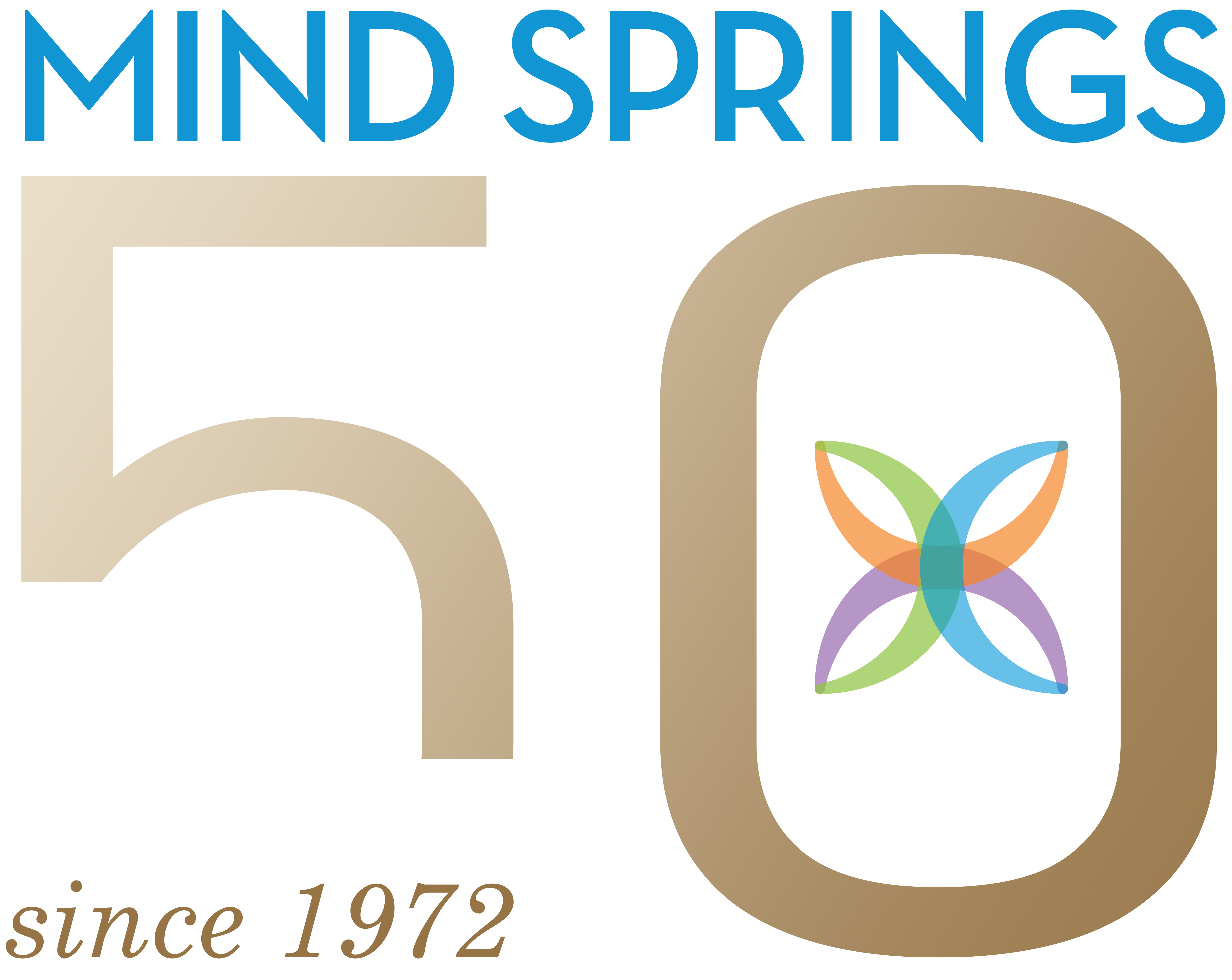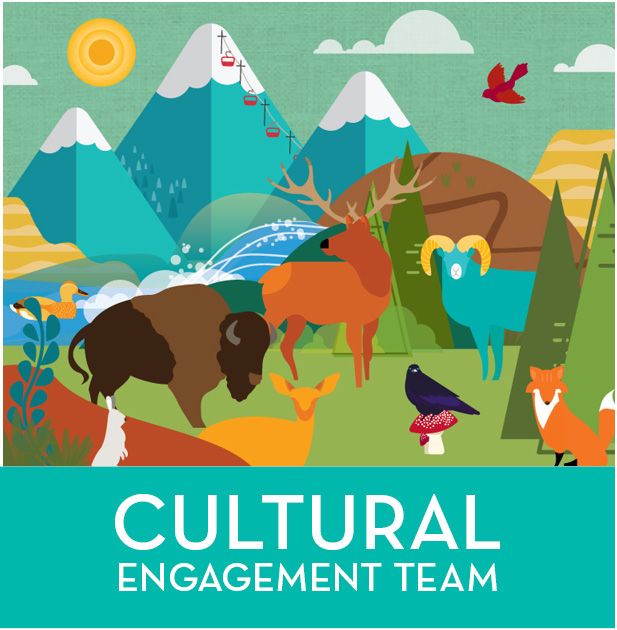By Norma Roberts, VP of Human Resources
Language is a key element of diversity, equity, and inclusion (DEI), and can either help or hinder efforts. Language is the primary tool for expression and communication, and helps us share with others and identify ourselves. Further, language, as both the source and essence of a culture, is one of the defining categories used to characterize culture. Culture teaches us how to think, communicate with others, and perceive others.
Language and culture play a big role in how we, and others, perceive the world. Language also affects human thoughts. Thus, language is the bridge for either building relationships or the tool for creating and maintaining divisions across differences.
In order to promote DEI, we must be literate in the same language. We must use a common vocabulary to avoid misunderstandings and misinterpretations. We must understand others’ socio-cultural factors and learn to approach people from their cultural viewpoint. Mastering the nuances of language means being able to understand people who (more than likely) grew up with an entirely different set of values and beliefs. We must open ourselves up to these differences.
This seems fairly straight forward, however, it can be complicated. There are two opposing views on whether language affects how we think. It is widely thought that reality and how one perceives the world is expressed in spoken words. That is, perception and expression are understood to be synonymous. It is assumed that speech is based on thoughts; whereby, what one says depends on how the world is encoded and decoded in the mind.
Another viewpoint suggests that what one perceives is dependent on the spoken word. Basically, that thought depends on language, not the other way around. The Theory of Linguistic Relativity states that the grammatical and more verbal structure of a person’s language influences how the world is perceived. It emphasizes that language either determines or influences one’s thoughts. Simply, the language that we use shapes the way we think and how we see the world.
The theories remain debatable: thought then language or language then thought? In fact, the Theory does make us think and question how we see the world. That is the point. In the end, we must strive to keep an open-mind and respect the diversity we find.
Specifically, there are 15 inclusive language fundamentals to help understand important DEI basics:
- Accommodation – Making changes to certain rules, standards, policies, workplace cultures & physical environments to ensure that they do not have a negative effect on a person because of their mental or physical ability, religion, gender or any other protected ground.
- Bias – A predisposition in favor of or against one thing, person, or group compared with another. It can be conscious or unconscious, negative or positive, & develops through experience.
- Culture – Observable behaviors and/or symbols that tend to be expected, reinforced, & rewarded by and within a group.
- Cultural Competence – The ability to interact effectively & respectfully with people across cultures, languages, classes, races, ethnic backgrounds, religions, sexual orientations & other identities.
- Cultural intelligence – The ability to relate & work effectively across cultures, borders, perspectives and other differences.
- Discrimination – Actions based on conscious or unconscious prejudice that favor one group over others.
- Diversity – The variety of shared & different characteristics among human beings.
- Equity – Fair treatment of everyone that addresses specific needs, barriers, & accommodations to ensure every person has equal opportunity to participate & share in success.
- Ethnicity – Belonging to a social group that has a common national or cultural tradition.
- Gender – A social & cultural construct that refers to a societal role, not a person’s assigned, biological sex.
- Inclusion – The process of creating a culture & environment that recognizes, appreciates,& effectively uses the talents, skills, & perspectives of every individual.
- LGBTQ+ – An inclusive term for those who identify as lesbian, gay, bisexual, transgender, queer, asexual or any other sexual orientation.
- People of Color – Used primarily in the US to describe any person who is not of European ancestry, emphasizing common experiences of institutionalized discrimination.
- Race – Refers to a group of people of common ancestry, distinguished from others by physical characteristics such as color of skin, shape of eyes, hair texture or facial features. Race has no biological basis; it is purely a social construct.
- Sexual Orientation – A term describing a person’s attraction to members of the same or other sex or gender. 1
1. https://www.berlitz.com/blog/inclusive-language-guide; 4February2022






